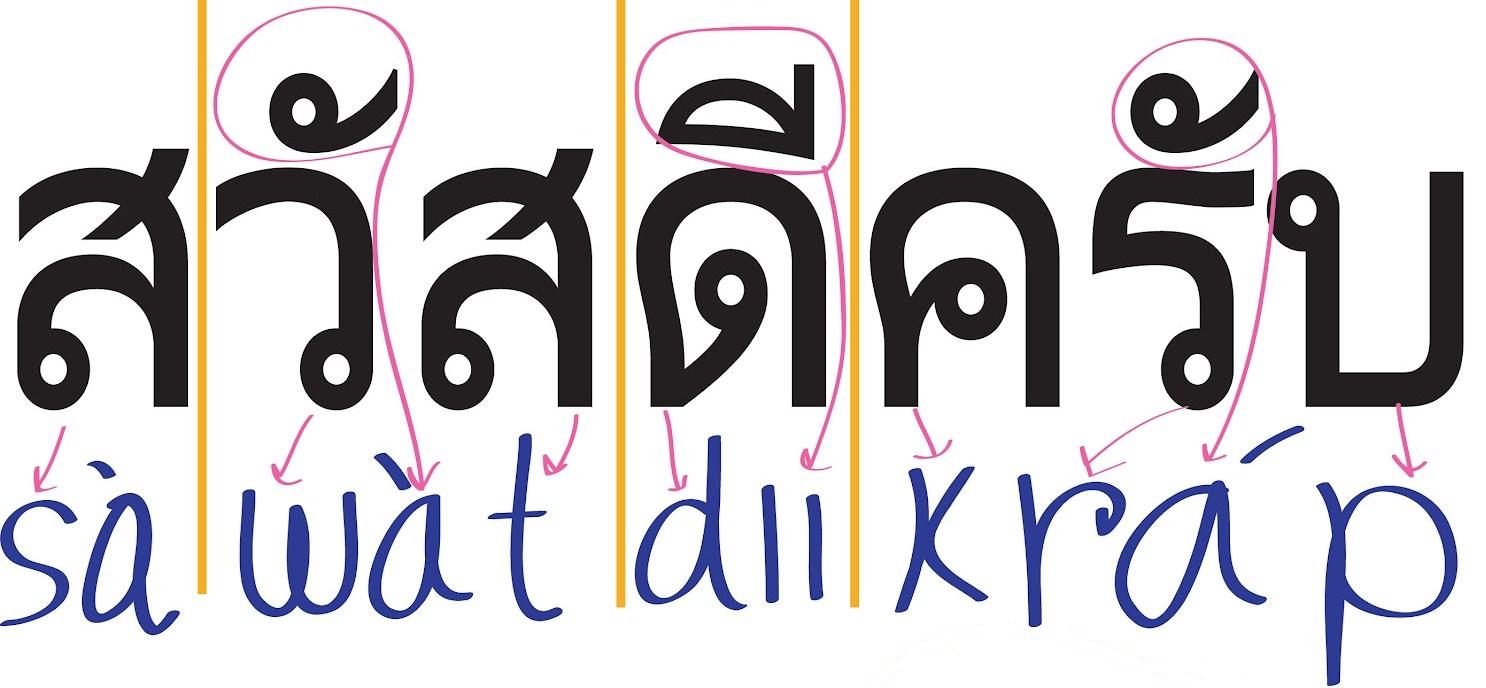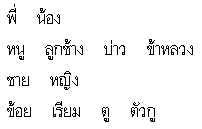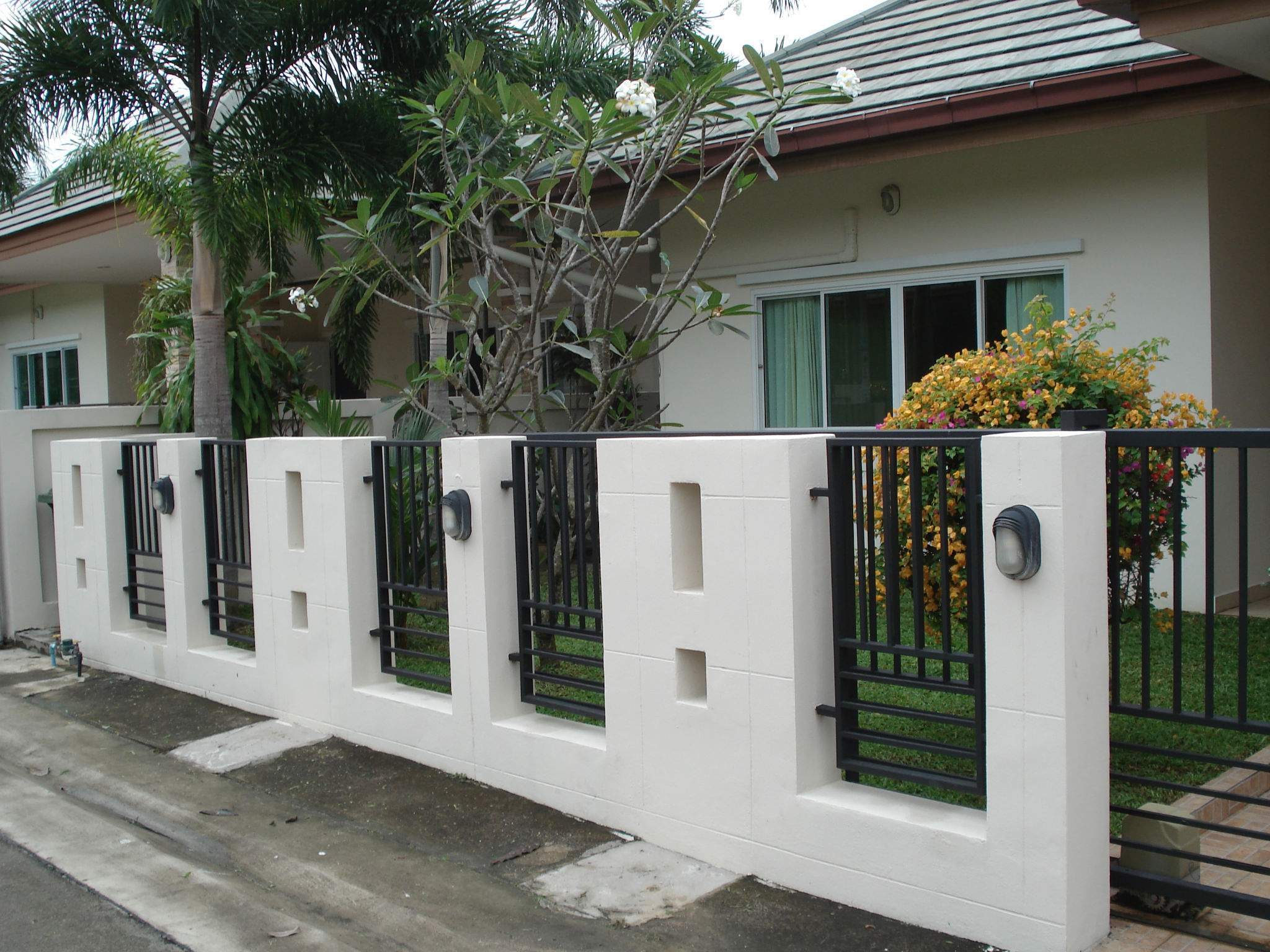One aspect of the Thai language that makes it quite unique and difficult for Thais and foreigners alike to master is the remarkable diversity of words that mean exactly the same thing. For example, the first person singular pronoun, “I” in English, exists in Thai as an endless number of choices. The Thai speaker must choose from this variety and must know which one to use for correctness and to avoid social blunder. Here is the variety:
The earliest recorded word for “I” in Thai is “ku” which appears in the inscription of King Ramkhamhaeng of Sukhothai, said to be the oldest evidence of Thai writing. This word is derived from the T’ai dialects and is still in use today in informal and impolite usage. As the language developed, word forms began to reflect the social hierarchy of the period. For example, “kha” (lit. “servant”) was used by persons of equal social status, or by a person to stress his superior status over the one being spoken to. On a higher social plane, “kha pa chao” (lit. “the lord’s servant”) is used in formality, and “kha pra putta chao” (lit. “the Buddha’s servant”) is used while speaking to the high royalty or to the King.
There are several sets of hierarchical “I” in the Thai language, beginning with ordinary words and embellished to become social forms. The commonly used “chan” (male) and “dichan” (female), used in everyday speech by people of equal ranks, become “momchan” in the royal language, and “klao kramomchan” used while speaking to royalty of even higher status. Another common word is “pom” (male), “krapom” (male) and “klao krapom” (male) in hierarchical order. Commoners speaking to other commoners use this last example. The royalty, speaking to other members of the royalty, will change to the sets of “mom” (male), “kramom” (male) and “Klao kramom” (male).
Close friends use a wide variety of words for “I,” which derive from other languages. Apart from the antique word “ku” mentioned above, there are “rao” (lit. “we”), “ua” from Chinese, and “I” from English.
Professionals use their titles to call themselves. For example, teachers refer to themselves as “khru” (guru) and “acharn” (ajariya) both derived from Sanskrit. Buddhist monks use “attama” (atma).
Close relatives use words that denote personal relationships and status. For example, “pi” older sibling and “nong” younger sibling. A subordinate will use terms of endearment to a superior, such as “nu” (lit. mouse), “luk chang” (lit. baby elephant) “bow” (lit. servant), and “kha luang” (lit. your servant). In this group may be included “chai” (lit. man) and “ying” (lit. woman), which is the way some people call themselves. The are also ethnic words : “koi”, “riam”, “tu” and “tua ku”.
A large group of pronouns derive from military ranks. Not only do the rank and file call officers and enlisted men by their ranks, but the officers also call themselves by rank. For example, a sergeant may call himself “ja” (a non-commissioned officer) while speaking to his men.
Last but not least, this group enables this article to be entitled “The Limitless Number of Thai Words That Mean “I”, the nicknames. Beside their personal names, almost all Thais use a simpler, usually monosyllabic nickname, with or without meaning. A person whose nickname is “maew” (cat) usually calls herself “maew” in preference to any other form of the first person singular pronoun mentioned in this article.
So there is really no end to the possible variants of this pronoun.







